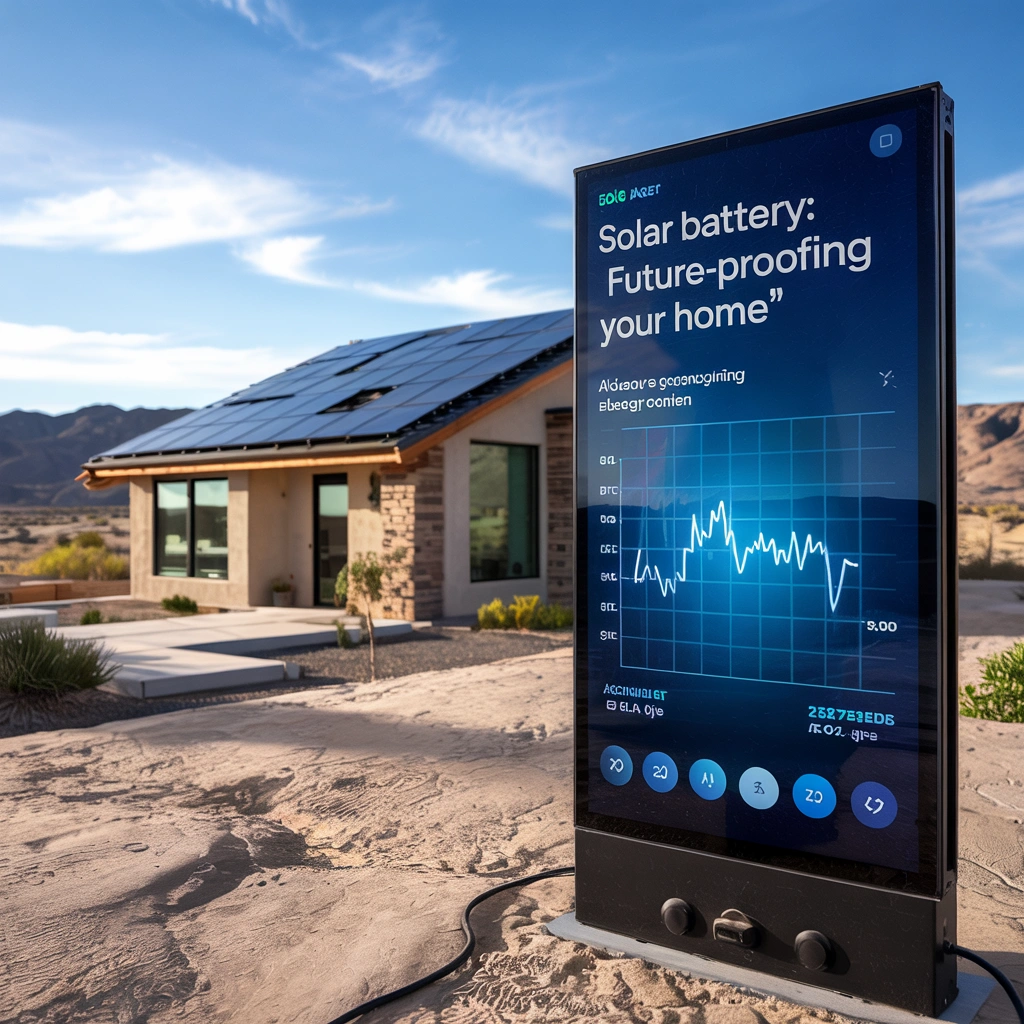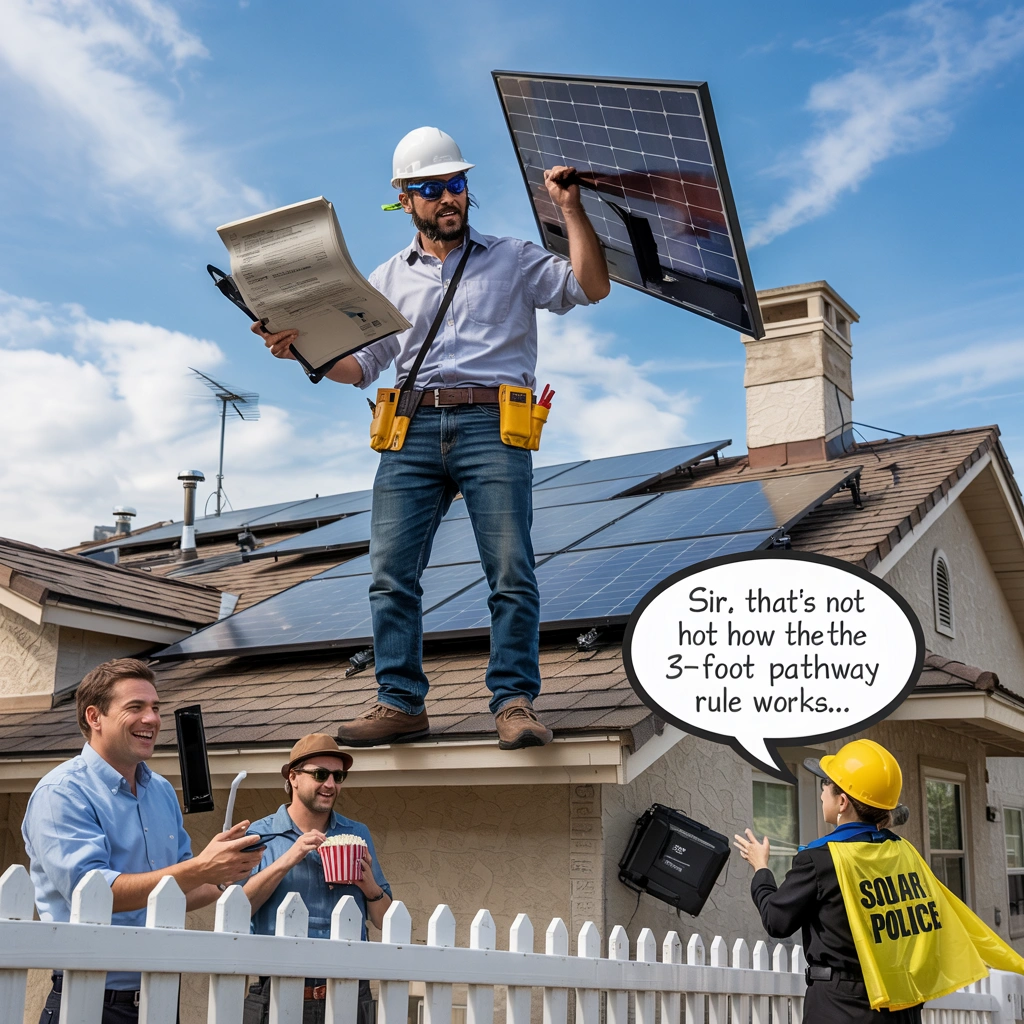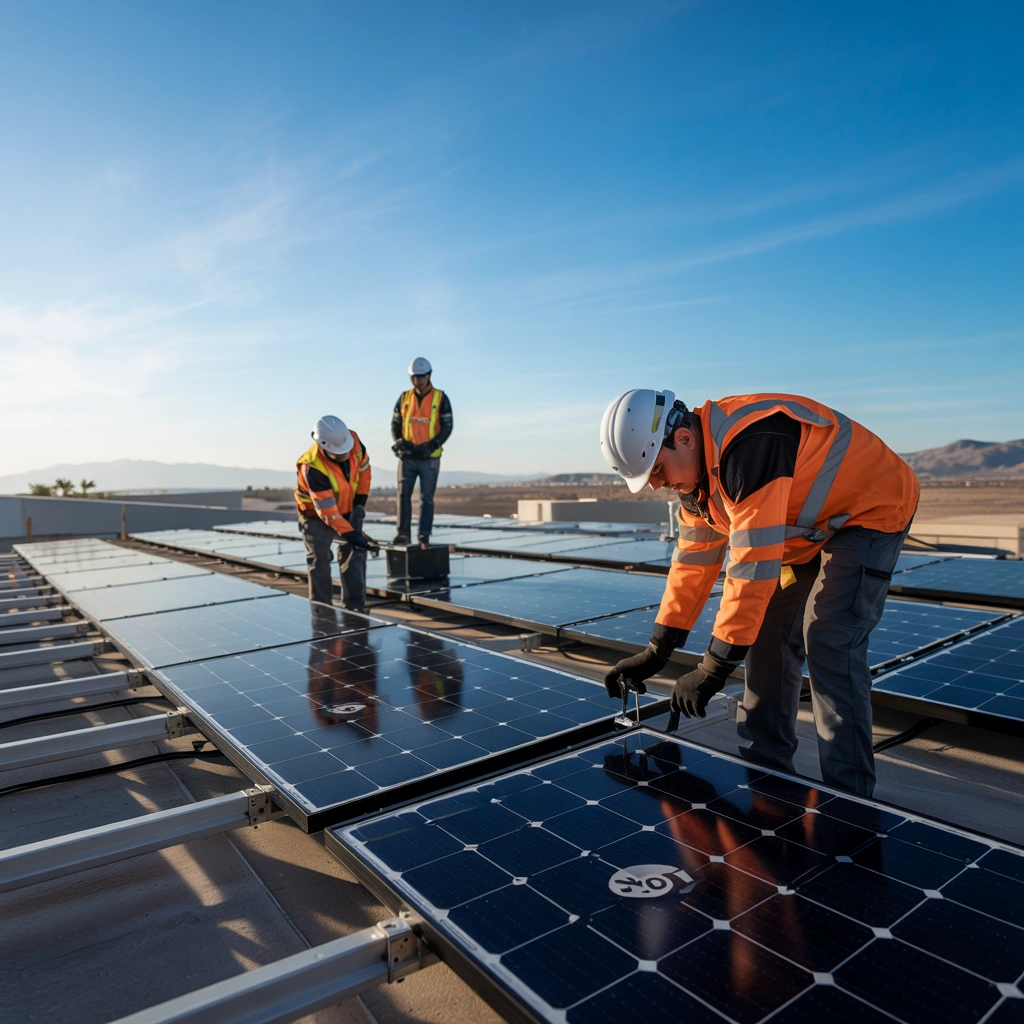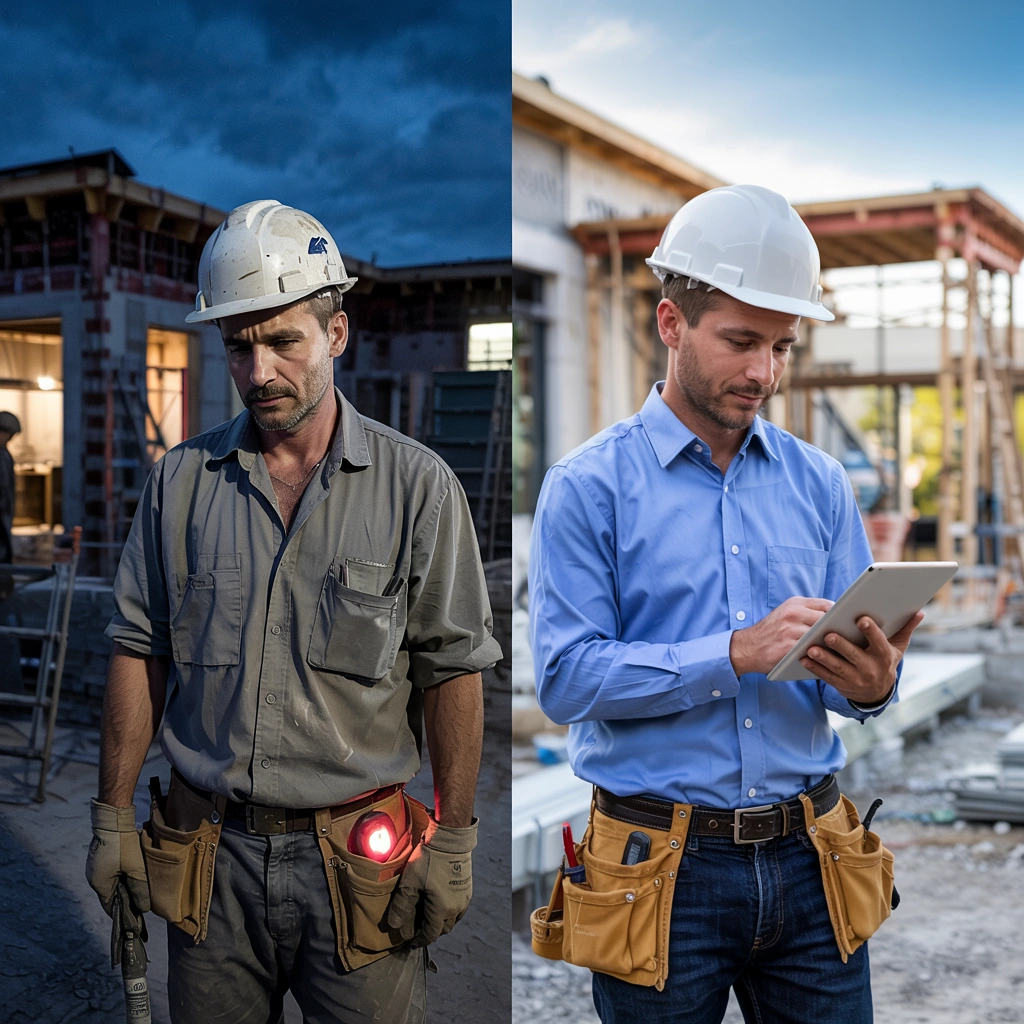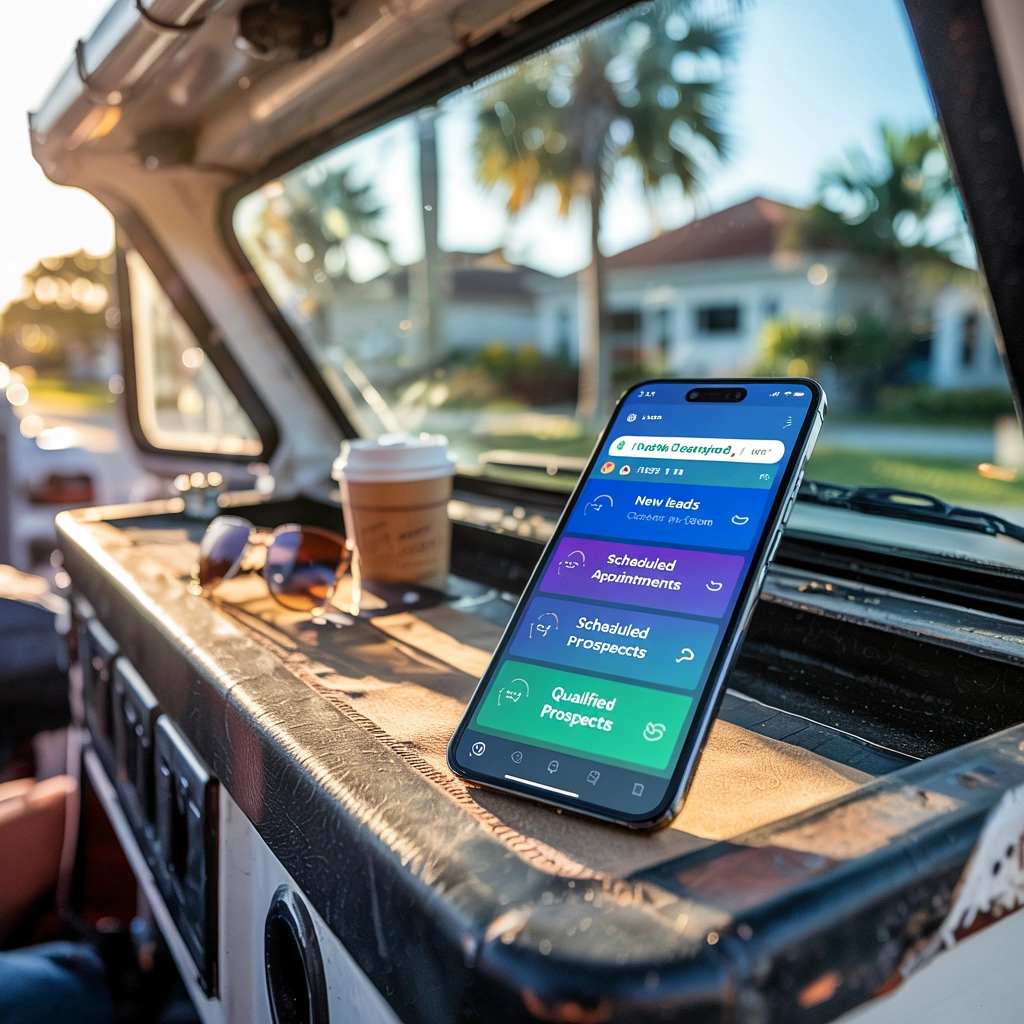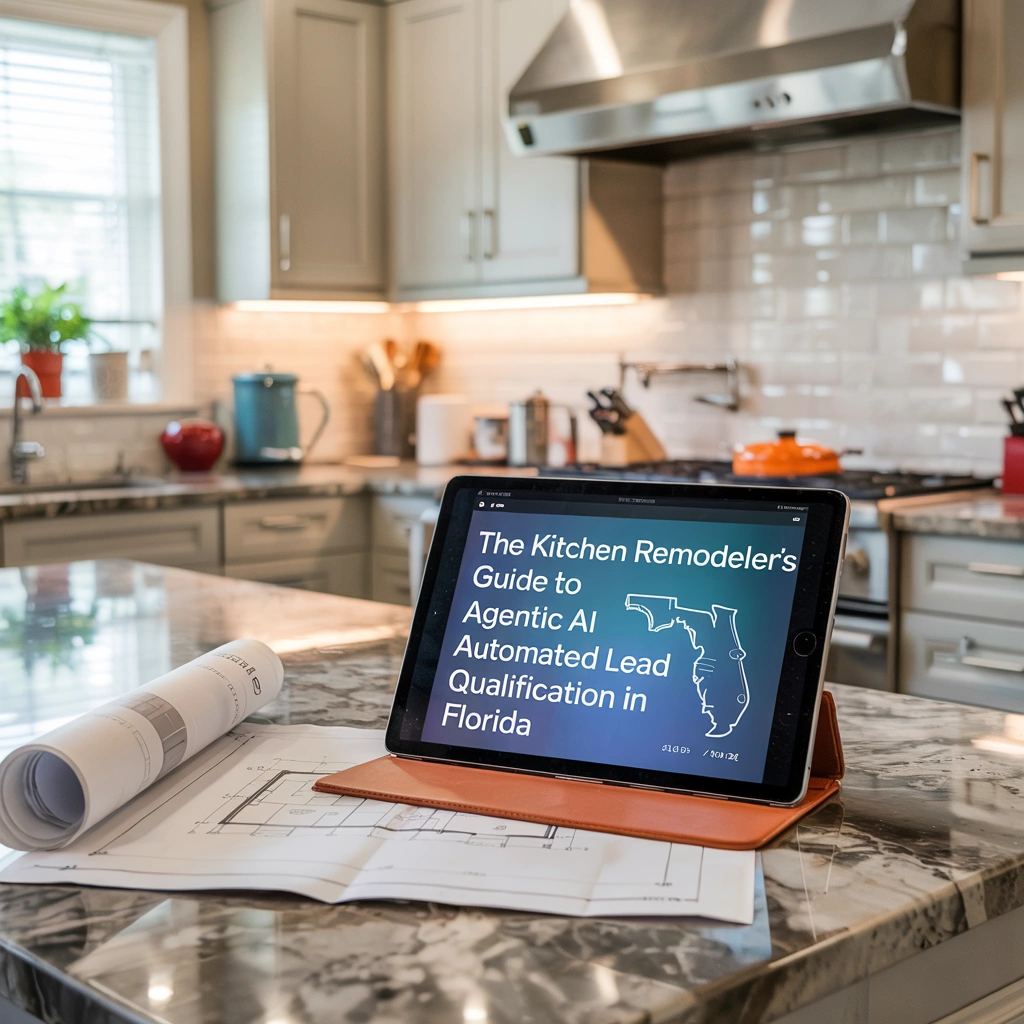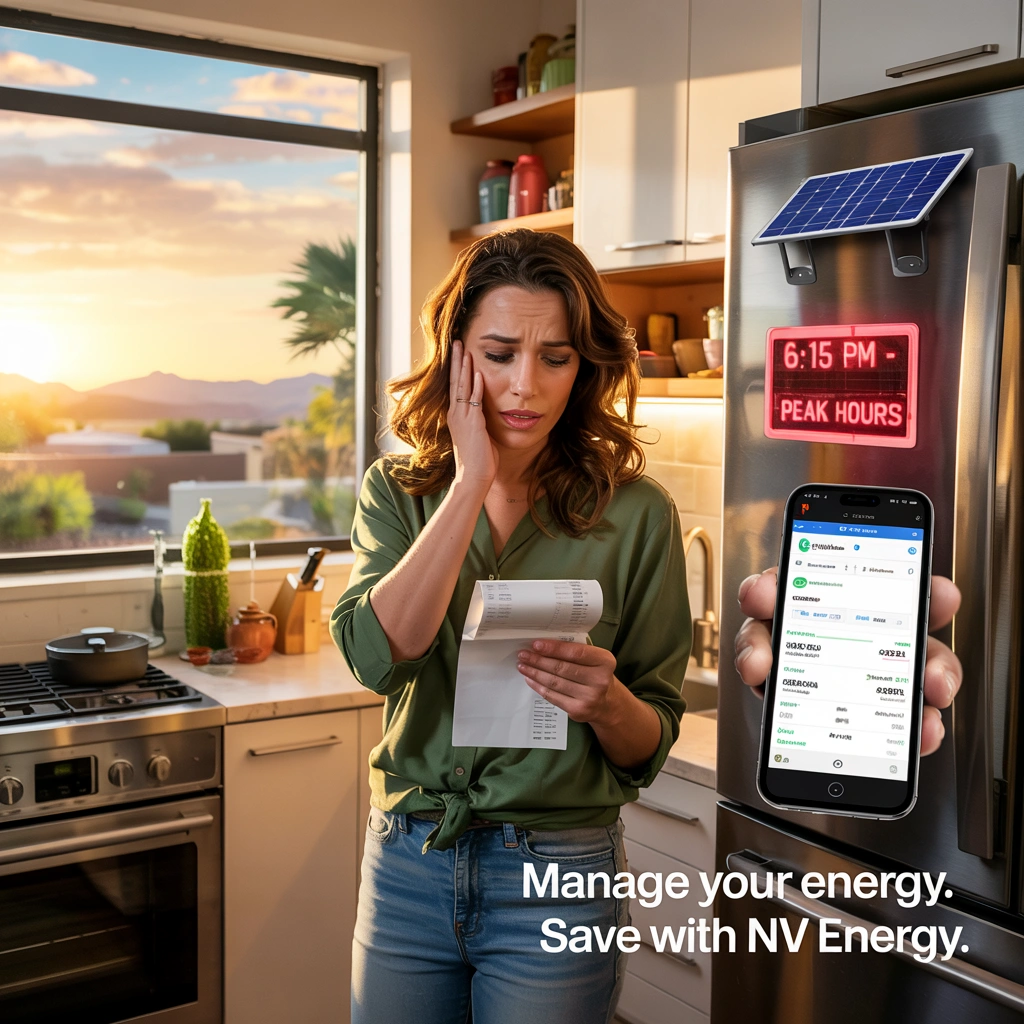How a Solar Battery Storage Can Future-Proof Your Home Against AI-Driven Energy Spikes
Summary: Nevada homeowners are facing a hidden threat to their electricity bills that most people don’t see coming. AI data centers are driving energy demand up 40%, but there’s one proven strategy that’s helping families slash their monthly costs by over $200. Key Takeaways Solar battery storage systems shield Nevada homeowners from unpredictable energy costs caused by AI data centers and rising electricity demand Battery systems can reduce monthly electricity bills by 45-65% on average by storing power during off-peak hours and using it during expensive peak rate periods Nevada homeowners can access federal tax credits (30%) to significantly reduce upfront battery installation costs Smart battery integration with home automation systems creates predictive energy management that adapts to weather patterns and usage habits Professional installation typically takes 5-6 weeks, and proper system sizing varies from 10-30 kilowatt-hours, depending on home size and backup power needs Nevada’s energy landscape faces unprecedented challenges as artificial intelligence drives massive increases in electricity demand. Data centers powering AI applications are requesting nearly six gigawatts of electricity capacity in the Reno area alone over the next decade—requiring a 40% increase in the state’s power sector capacity. This surge threatens to destabilize utility costs for everyday homeowners who already…
A Clark County Homeowner’s Checklist for a Smooth Solar Installation
Summary: Installing solar panels in Clark County involves specific permit sequences and fire code requirements that many homeowners overlook—but Nevada’s new Senate Bill 440 creates important protections that could save you thousands if you know how to use them correctly. Key Takeaways Clark County requires zoning approval before electrical permit submission, with specific fire code clearance requirements for roof access Nevada’s Senate Bill 440, effective October 1, 2025, protects homeowners’ solar rights while requiring HOAs to respond to installation requests within 15-35 days Working with the Nevada State Contractors Board licensed installers ensures eligibility for NV Energy incentives and proper permit compliance The inspection sequence follows a specific order: electrical rough-in, structural review, and net metering application through PowerClerk Homeowners can maximize their 30% federal tax credit through proper project cost budgeting before the December 31, 2025, expiration Nevada’s Solar Bill of Rights Protects Your Investment With Safety Requirements Nevada’s solar legislation creates a protective framework for homeowners investing in renewable energy systems. The state’s Solar Bill of Rights establishes clear safety standards and regulatory guidelines that prevent costly installation mistakes while ensuring long-term system performance. These protections extend beyond basic consumer rights to include specific technical requirements that safeguard both property values…
Choosing the Best Solar Panels & Equipment for Las Vegas’s Climate
Summary: Las Vegas homeowners installing solar panels face a costly mistake most don’t see coming. When roof temperatures hit 150°F, the wrong panel choice can cost you thousands over 25 years—but there’s a specific specification that changes everything. Key Takeaways: Las Vegas solar panels should have temperature coefficients of -0.30%/°C or better to minimize power loss in 150°F+ roof temperatures Monocrystalline panels typically outperform polycrystalline by 8-15% in extreme desert heat conditions Regular cleaning and professional maintenance maximize energy production in dusty desert conditions Climate-optimized solar equipment can increase ROI by $3,000-5,000 over 25 years compared to standard panels Why Temperature Coefficients Matter More Than Efficiency in 150°F Vegas Heat Las Vegas homeowners face a unique solar challenge. While the city receives over 290 sunny days annually, roof temperatures regularly hit 150°F during the summer months. Most solar panels lose efficiency as temperatures climb above 77°F, making equipment selection critical for maximizing energy production and return on investment. The temperature coefficient measures how much power output decreases for every degree Celsius above 25°C (77°F). In Las Vegas conditions where panels operate at 66°C (150°F), the difference between a premium panel with a -0.26%/°C coefficient and a standard panel at -0.45%/°C represents thousands of…
